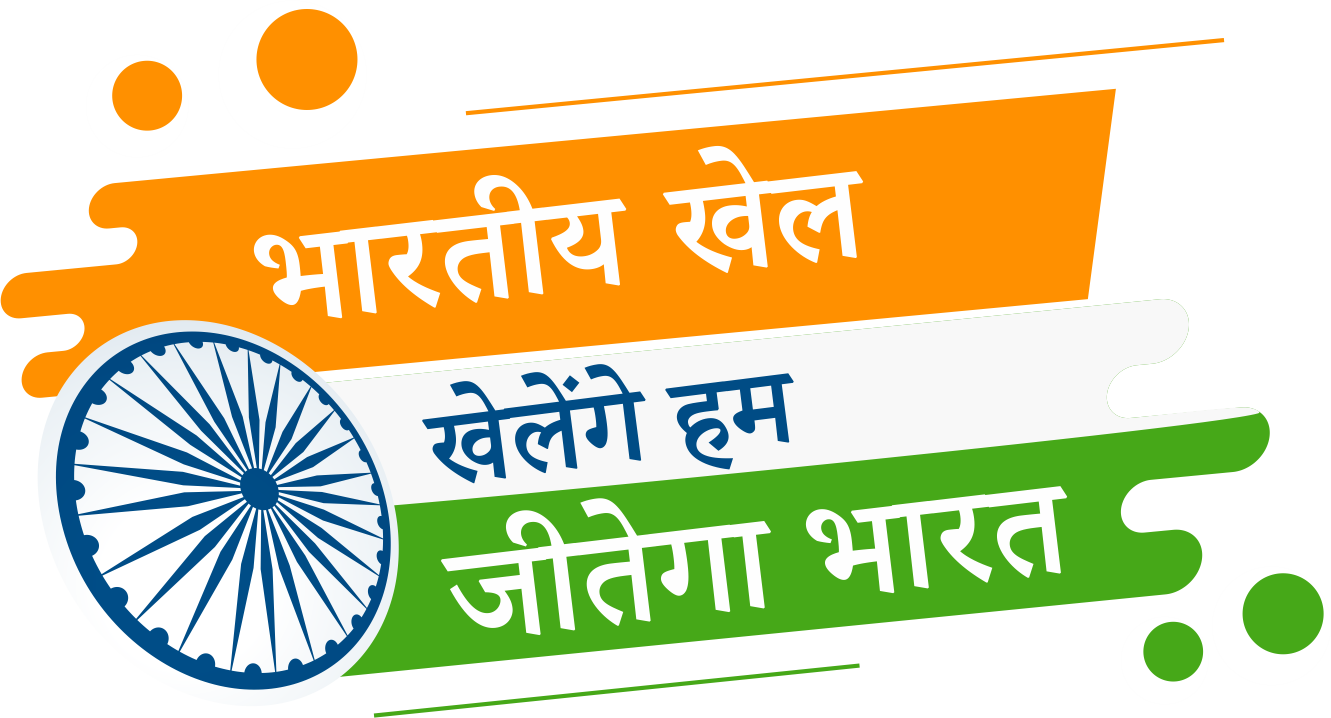Noon miani
Introduction
Noon Miani is very popular in the Punjab region. With the basic objective of grabbing something and escaping, the game involves running and chasing in bounded tracks.
Four boxes of equal size, measuring 25 m X 25 m, are drawn on the ground, leaving a 2 m track between two adjacent boxes and 2 m on the outer boundary of all boxes.
In the centre of the four boxes, a fifth square is drawn and filled with salt or sand. The key player minds the salt or sand, standing in the same square. Outside the boundary, usually to the north, a rectangle is drawn, called a sandook. Other players try to steal the salt and rush out of the boundary through the tracks towards the sandook. The key player’s objective is to catch the players who try to get the salt while moving in the bounded tracks.
Setup
- Players: Minimum of 5 players — one acts as the key player (salt protector), and the rest are thieves (salt stealers).
-
Field Layout:
- Four large boxes are drawn on the ground in a 2×2 grid formation.
- In the center of these boxes, a fifth smaller square is drawn and filled with salt or sand.
- Outside the grid (usually to the north), a rectangle called the sandook is drawn. This serves as the destination where thieves must take the stolen salt.
- Tracks are drawn as pathways connecting the boxes and leading to the sandook. Players must move only along these tracks.
-
Roles:
- Key Player: Guards the salt, standing inside the central square.
- Thieves: Try to steal the salt and escape to the sandook.
Rules
The objective of game is for the Thieves to steal the salt from the central square and carry it to the sandook without being caught. Key Player: Tag the thieves to stop them from stealing or reaching the sandook. The key player stands in the central square, guarding the salt. The thieves start from outside the grid, near the tracks.The play
The thieves use the tracks to move into the boxes and attempt to steal the salt. The key player can move only within the tracks and inside the boundary to guard the salt. If a thief steals the salt and successfully reaches the sandook without being tagged, they win the round and may become the new key player. If the key player tags a thief, that thief is out for the round. The game continues until all thieves either successfully steal the salt or are tagged out. Players can rotate roles after each round to ensure everyone gets a turn as the key player.Key strategies
For the Key Player: Stay vigilant and position yourself strategically to block thieves on the tracks. For Thieves: Use distraction and teamwork to create opportunities for someone to steal the salt while others keep the key player occupied.- Skill Development: Enhances agility, alertness, and strategic thinking.
- Social Bonding: Encourages teamwork and friendly competition.
- Rooted in Tradition: Reflects the playful spirit of Punjabi culture, often enjoyed during community gatherings and festivals.
Address
Bharatiya Khel
Indian Knowledge Systems (IKS) Division
Ministry of Education (MoE),
Government of India,
Our office is located in
All India Council for Technical Education (AICTE)
Nelson Mandela Marg,
Vasant Kunj,
New Delhi-110070

